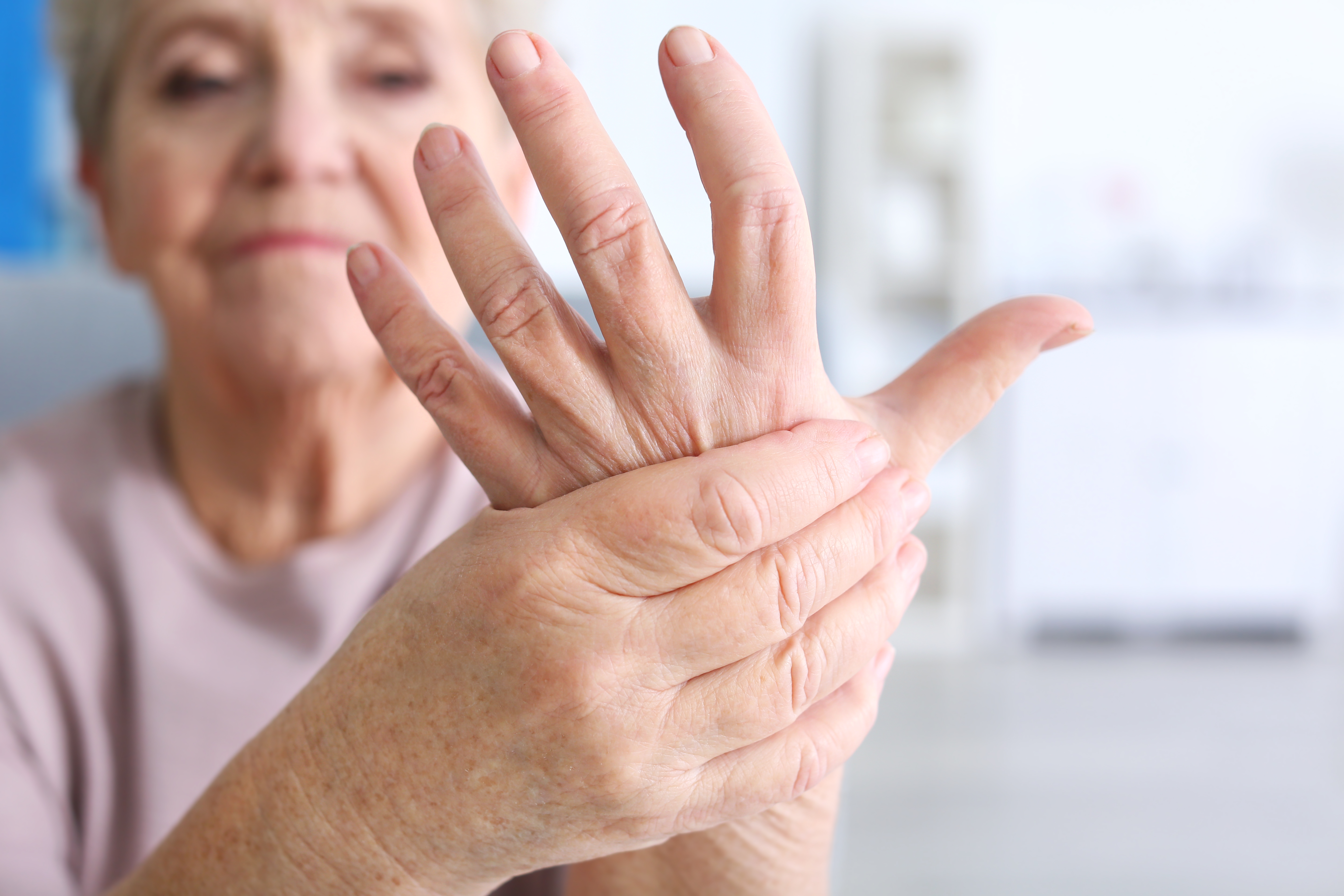Pain Management for Arthritis

Pain from arthritis affects forty million people across the country every day. Arthritis is a disorder in the joints that features inflammation and, frequently, joint pain. There are different types of arthritis such as degenerative arthritis (osteoarthritis), rheumatoid arthritis and gout, and while there isn’t a cure for many types of arthritis, the type of treatment required depends on the type of arthritis the person has. Let’s try looking at some treatments now:
Heat and cold
Some might find relief in putting either heat or cold, or both, in sequence, on the affected area. Heat or cold may be applied for only 15 minutes at a time. For heat, use warm towels, hot packs, a warm bath or shower, or hot water bottles. For those suffering from morning stiffness, a heating pad before they get up may help, or a warm shower when they first awaken.
Cold helps to numb the pained area and can be helpful for joints which are especially painful or swollen. Use an ice pack, or a bag of frozen vegetables, like peas or corn.
Medication
Medicines that might help with pain or swelling are also available. Acetaminophen can help with pain. Some NSAIDs (nonsteroidal anti-inflammatory drugs), like ibuprofen and naproxen, can be obtained without prescription; others must be prescribed by a doctor. However, in 2005, the FDA warned people of possible side effects from some NSAIDs, so caregivers should carefully read warnings on packaging or inserts that come with the drugs. You can also talk to your doctor about proper use.
Over-the-counter creams
For mild forms of pain, an over-the-counter cream or other non-prescription analgesic might help in relieving pain for a short time. These most often have a combination of ingredients that includes capsaicin, the ingredient in chili peppers that gives them heat. When it is applied to the skin, the creams deplete a pain neurotransmitter called substance P. This allows for temporary desensitization of the area to pain. As such, the product must be reapplied regularly.
Supplements
Glucosamine and chondroitin sulfate may also provide relief from arthritic symptoms. This is because Glucosamine and Glucosamine chondroitin MSM are naturally-occurring chemicals in the body, and they strengthen the cartilage around the joints
You’ll also want to get lots of calcium. Conditions from inflammatory arthritis can speed up bone loss, so getting the best calcium intake is very important. 1,200 mg is the recommended daily dosage of calcium for those adults over age 50.
Exercise
This is one of the best treatments for arthritis pain. It also helps to increase flexibility, and daily exercises—like walking or swimming—helps to keep the joints moving, lessen pain, and make the muscles around the joints stronger.
A good workout routine for arthritis sufferers includes:
- Range-of-motion exercises like dancing, relieve stiffness and keep patients flexible. It also helps to keep joints moving.
- Strengthening exercises like weight training will help to keep or add muscle strength. Strong muscles support and protect the joints.
- Aerobic or endurance exercises, such as bike riding, make the heart and arteries healthier, help prevent weight gain, and improve overall working of the body. Aerobic exercise can also lessen swelling in some joints.
Weight Loss
Having more weight adds more pressure to joints, which results in more pain. Losing weight reduces pressure on the joints, and is yet another reason why exercise is so important for arthritis patients, as exercising helps control weight.
Shoes
Feet are more susceptible to arthritis pain than other body parts because each foot has 33 joints that can be affected. Placing some wedges or insoles in shoes might reduce pain in the knees when walking, while wedges on the bottom or sole of the shoe will alter the gait and reduce forces transmitted to knee joints.
The more support a shoe has, the more it will protect joints and provide shock absorption. Keep away from styles like mules or slip-ons, as they offer no support. Look for rubber soles, since those provide more cushioning.
Surgery
Your doctor could suggest having surgery when the damage to joints becomes disabling or when other treatments don’t take care of pain. Surgeons can repair or replace these joints with artificial ones. And the most common operations are hip and knee surgery.
Talk to your doctor
Most important of all, don’t take it for granted that you or your aging parent’s arthritis and pain are just normal parts of getting older. Instead, you and your doctor can work together in order to safely lessen pain and stiffness that could be troubling, and prevent more serious damage from happening to the joints.